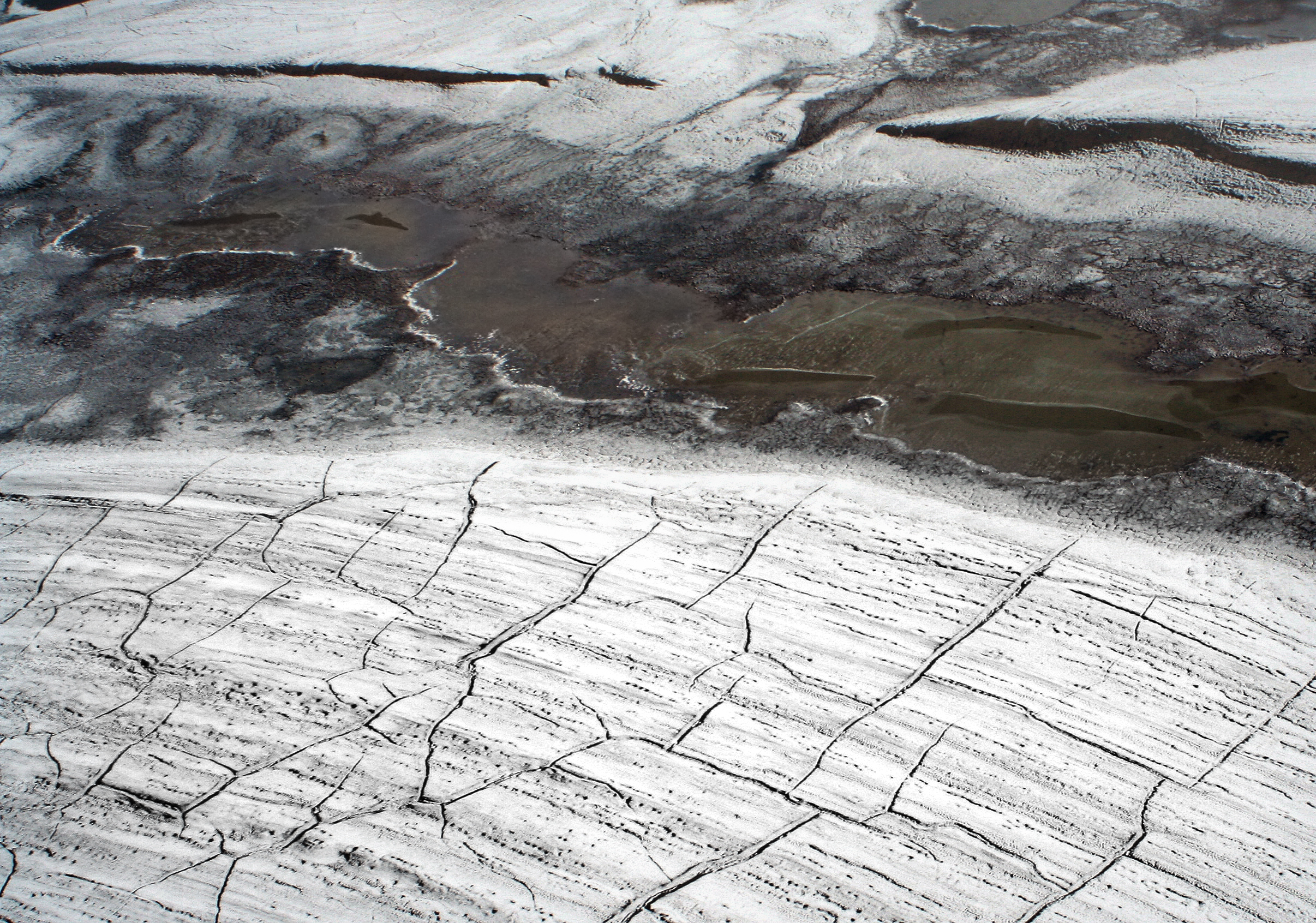Media release
From:
Even if human-induced greenhouse gas emissions can be reduced to zero, global temperatures may continue to rise for centuries afterwards, according to a reduced complexity model of the global climate between 1850 and 2500 published in Scientific Reports. The authors encourage other researchers to explore their results using alternative models.
Jorgen Randers and Ulrich Goluke used a reduced complexity earth system model (ESCIMO) to study the effect of different greenhouse gas emission reductions on changes in the global climate from 1850 to 2500 and created projections of global temperature and sea level rises.
The modelling suggests that under conditions where anthropogenic greenhouse gas emissions peak during the 2030s and decline to zero by 2100, global temperatures will be 3°C warmer and sea levels 3 metres higher by 2500 than they were in 1850. Under conditions where all anthropogenic greenhouse-gas emissions are reduced to zero during the year 2020 the authors estimate that, after an initial decline, global temperatures will still be around 3°C warmer and sea levels will rise by around 2.5 metres by 2500, compared to 1850. The authors suggest that global temperatures could continue to increase after anthropogenic greenhouse gas emissions have reduced, as continued melting of Arctic ice and carbon-containing permafrost may increase the levels of water vapour, methane and carbon dioxide in the atmosphere. Melting of Arctic ice and permafrost would also reduce the area of ice reflecting heat and light from the sun.
To prevent the projected temperature and sea level rises, the authors suggest that all anthropogenic greenhouse gas emissions would have had to be reduced to zero between 1960 and 1970. To prevent global temperature and sea level rises after greenhouse gas emissions have ceased, at least 33 gigatonnes of carbon dioxide would need to be removed from the atmosphere each year from 2020 onwards through carbon capture and storage methods, according to the authors.
Expert Reaction
These comments have been collated by the Science Media Centre to provide a variety of expert perspectives on this issue. Feel free to use these quotes in your stories. Views expressed are the personal opinions of the experts named. They do not represent the views of the SMC or any other organisation unless specifically stated.
Dr James Renwick, Professor of Physical Geography, Victoria University of Wellington
The results presented in the paper are interesting but are really at odds with the science community’s understanding of how the climate is changing. The latest round of climate model simulations, run in support of the 6th Assessment Report of the Intergovernmental Panel on Climate Change, show that if greenhouse gas emissions were to stop immediately, there is likely to be very little further increase in temperatures and no sign of warming resuming in future. If greenhouse gas emissions are reduced in line with the Paris Agreement, the climate would stabilise over the coming century. Some things, notably sea level rise and ice melt, would continue for longer, but at a reducing rate.
Although the title of the paper implies a full “earth system model” was used, the paper is actually based on a “low complexity model” that captures only the broadest features of the climate system. The climate warms into the future in this model because its “albedo” (the fraction of sunlight reflected by the earth) decreases over time as ice melts and permafrost thaws, releasing carbon dioxide and methane. Ice loss and permafrost thaw are well known to be amplifying factors for climate change, but not in the dramatic way presented here. The ESCIMO model has been shown to have a tendency towards “runaway” climate change generally, partly because it overstates the warming effect of decreasing albedo and the amount of greenhouse gases released from thawing permafrost.
In short, the results presented in this paper are very implausible and should not be seen as cause for alarm. Effective climate action by the global community, in line with New Zealand’s Zero Carbon Act and the Paris Agreement, would be effective at stopping climate change at somewhere between 1.5 and 2°C of warming above pre-industrial levels. This would be associated with further increases in weather and climate extremes that would have significant consequences for communities worldwide, but there is no sign of any form of runaway climate change.



 International
International



